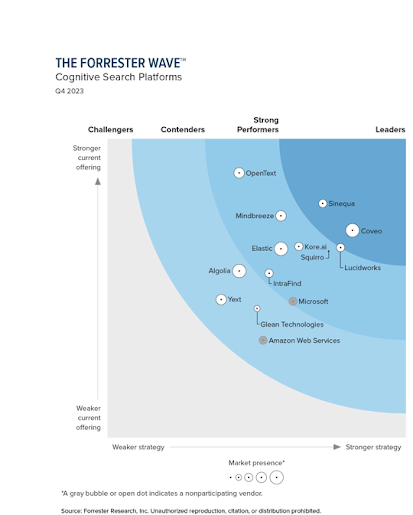Came across a solid CXOTalk discussion: “Why AI Works, but Your Strategy Isn’t.”
Host: Michael Krigsman
Guest: Sangeet Paul Choudary
Link: https://www.youtube.com/watch?v=mV6g4uQEUUo
Summary
AI fails when it’s deployed as a tech add-on instead of a system redesign. Efficiency gains trigger new coordination costs that outgrow the benefits if strategy, structure, and governance aren’t rebuilt. Real value appears only when technology, process, people, and decision rights are treated as a single system.
Key Points
-
Efficiency paradox: Automation cuts task effort but increases coordination overhead across teams.
-
Strategy mismatch: AI treated as a tool, not a strategic shift. Weak change management leads to shallow outcomes.
-
System thinking: AI operates inside an ecosystem. Design for “scale without consensus” using guardrails, rules, and clear authority lines.
-
Leadership and governance: Senior leadership must own the AI agenda; data, model, and operational governance enforce trust and repeatability.
-
Measurement: Look beyond cost. Track decision latency, adaptability, coordination load, and risk shifts.
Key Takeaways
-
Stop treating AI as plug-and-play; treat it as organisational redesign.
-
Build AI strategy as a unified system: tech + process + people + governance.
-
Map human–system interaction changes; identify coordination points and ownership.
-
Define decision rights: who acts on outputs, how exceptions route, how escalation works.
-
Create feedback loops to catch unintended consequences and correct fast.







